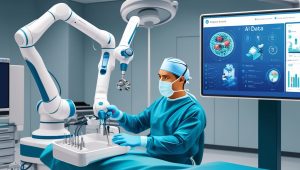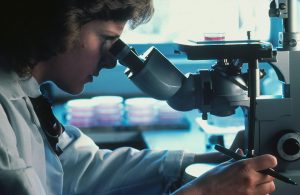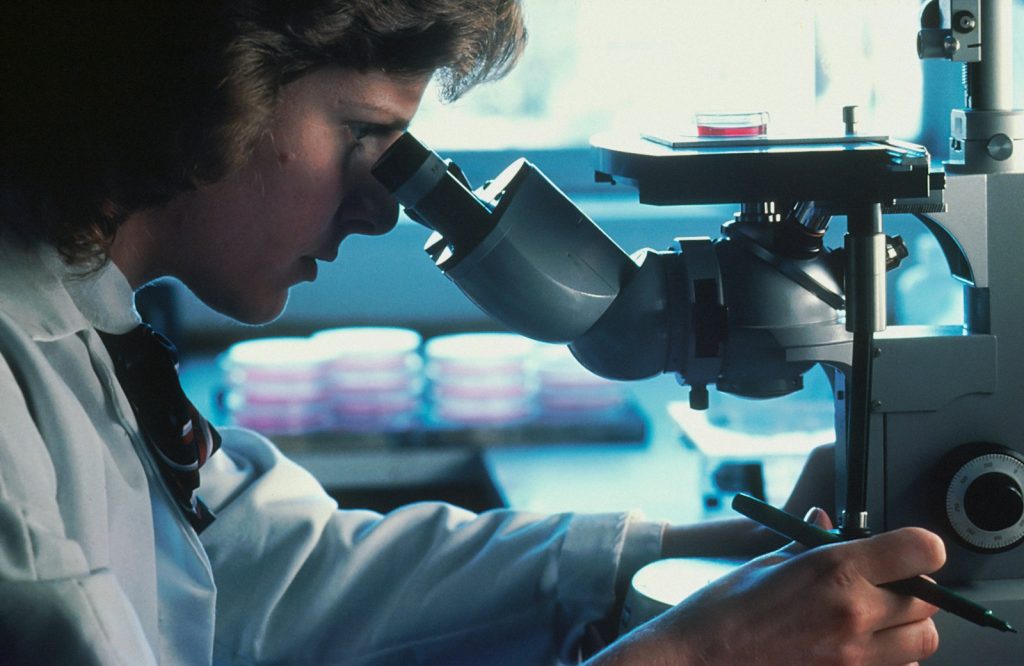
Cancer detection is evolving faster than ever before, and liquid biopsies are at the heart of this revolution.
In today’s world, the fight against cancer is not just about finding a cure—it’s about catching it early. Early detection can make the difference between a highly treatable condition and one that’s much more difficult to manage. That’s why scientists, doctors, and tech innovators are investing so much time and energy into improving cancer diagnostics. And this is where liquid biopsies come into play.
Imagine being able to detect cancer through a simple blood test instead of invasive surgeries or biopsies. Sounds futuristic, right? But this future is already becoming our present.
Let’s dive deeper into how liquid biopsies are changing the game in modern cancer detection.
Table of contents
What Are Liquid Biopsies?
Liquid biopsies are exactly what they sound like—a biopsy done on a liquid, typically blood, rather than a solid mass of tissue. In this process, doctors analyze the blood for tiny fragments of tumor DNA, known as circulating tumor DNA (ctDNA), or other biomarkers like proteins and circulating tumor cells (CTCs). These fragments can offer a treasure trove of information about the presence and type of cancer in the body.
How Do They Work?
Every time cancer cells die, they release their genetic material into the bloodstream. Liquid biopsies detect and analyze these fragments of DNA or other biomarkers. The result? A non-invasive way to identify cancers early, monitor their progression, or even detect a recurrence. Plus, liquid biopsies can help predict how a tumor might respond to certain treatments.
Liquid biopsies provide doctors with a “window” into the cancerous activity inside the body without having to perform a traditional biopsy.
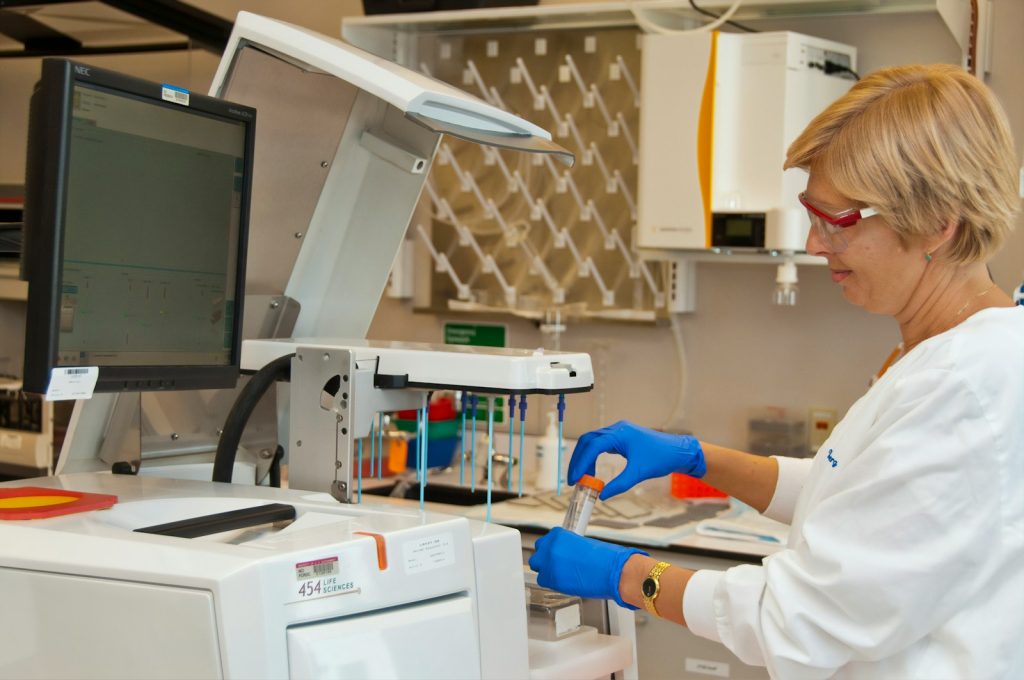
Why Are Liquid Biopsies So Important?
Cancer is a silent stalker. It often doesn’t show symptoms until it’s too late. The earlier it’s detected, the better the chances of effective treatment. Traditional biopsies are helpful but can be invasive, painful, and sometimes risky, especially when the tumor is located in a hard-to-reach place.
The Problem with Traditional Biopsies
Traditional biopsies require removing tissue directly from the suspected cancerous area. These procedures can be invasive, time-consuming, and uncomfortable. More importantly, they can sometimes miss detecting the most aggressive cells if the sample doesn’t capture them. In some cases, the cancer might spread before a biopsy can even be taken.
Liquid biopsies offer a fast, non-invasive alternative that doesn’t carry these risks. You can literally detect cancer just by drawing blood—how incredible is that?

The Role of Liquid Biopsies in Early Detection
One of the biggest promises of liquid biopsies is the potential for early cancer detection. We all know how crucial it is to catch cancer early, but did you know that some cancers don’t even produce obvious symptoms until they’re already advanced?
Solving the Problem of Late Detection
With traditional methods, some cancers, like pancreatic or ovarian cancer, can go unnoticed until they’ve reached an advanced stage. Liquid biopsies, on the other hand, can detect these cancers earlier—before symptoms appear. This gives doctors more options to treat the cancer while it’s still localized and hasn’t spread.
In short, liquid biopsies might just be the key to catching cancer while it’s still curable.
A Real-Life Example: Lung Cancer
Take lung cancer, for example. Lung cancer is often diagnosed late because its symptoms, like coughing or shortness of breath, are easy to confuse with other illnesses. However, liquid biopsies have shown promise in detecting lung cancer earlier by identifying specific genetic mutations associated with this disease through blood tests.
How Liquid Biopsies Are Used in Monitoring and Treatment
Once a patient is diagnosed with cancer, the journey doesn’t stop there. Liquid biopsies play a major role in tracking the progression of the disease and monitoring the effectiveness of treatment.
Monitoring Treatment Response
One of the trickiest parts of treating cancer is knowing if a treatment is working. Sometimes, it can take weeks or months to determine if a chemotherapy or targeted therapy is shrinking the tumor. With liquid biopsies, doctors can measure the levels of ctDNA in a patient’s blood to see if the treatment is working. If the ctDNA levels drop, it’s a good sign that the treatment is effective.
On the flip side, if ctDNA levels stay the same or rise, doctors may need to switch to a different treatment plan. This real-time feedback loop is incredibly valuable in making swift, informed treatment decisions.
Detecting Recurrence
One of the biggest fears for any cancer patient is the chance of a recurrence. Liquid biopsies are excellent tools for detecting cancer recurrence before any symptoms arise. By continuously monitoring ctDNA in a patient’s blood after treatment, doctors can spot signs of cancer reemerging early, giving them a head start on intervening before the cancer becomes widespread again.
The Advantages of Liquid Biopsies
Liquid biopsies offer a number of advantages over traditional diagnostic methods, which is why they’re gaining popularity in cancer care.
1. Non-Invasive
Traditional biopsies require surgery or invasive procedures to collect tissue. Liquid biopsies, however, only need a simple blood sample, making the process much less stressful for patients.
2. Quicker Results
Since liquid biopsies rely on blood samples, they can typically be processed more quickly than tissue biopsies. Patients often receive results in days rather than weeks.
3. Comprehensive Analysis
Liquid biopsies can provide information about the genetic makeup of a tumor, which helps in creating targeted treatment plans. Moreover, they offer a more comprehensive snapshot of the tumor, as ctDNA reflects the overall state of the cancer, not just a portion of it.
4. Cost-Effective
In some cases, liquid biopsies can be more affordable than traditional biopsies. This is especially true when considering the costs of surgery, recovery, and hospital stays associated with tissue biopsies.
What’s Next for Liquid Biopsies?
The science behind liquid biopsies is still evolving, but the future is promising. Research is continuously uncovering new ways to make these tests even more accurate, sensitive, and accessible. Some potential future applications include:
- Screening for multiple cancers at once: Imagine taking one blood test that can screen for several types of cancer at once. This isn’t science fiction anymore—companies are already working on these “pan-cancer” tests.
- More precise treatment plans: As we understand more about cancer genetics, liquid biopsies will help doctors fine-tune treatment plans to target the exact genetic mutations in a patient’s cancer.
[Image: Scientists working in a lab developing new liquid biopsy technologies.]
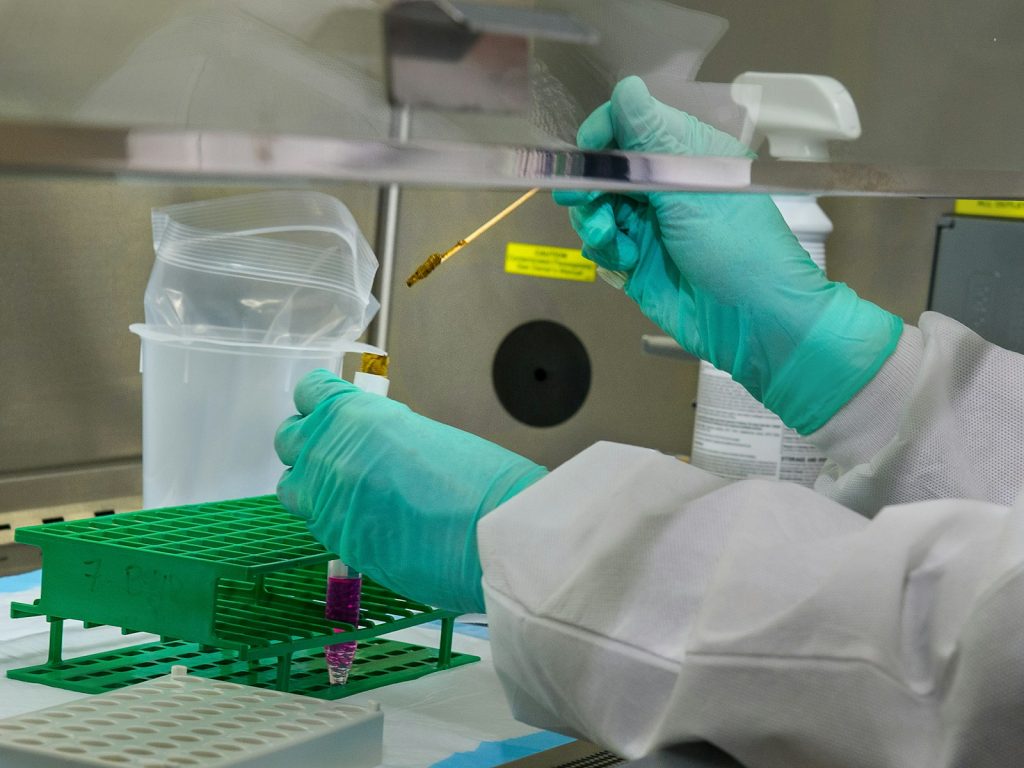
Conclusion: A Game-Changer for Cancer Diagnostics
Liquid biopsies are revolutionizing the way we detect, monitor, and treat cancer. They offer a non-invasive, quicker, and more comprehensive way to understand what’s going on inside the body—allowing for earlier detection, more personalized treatments, and better overall outcomes.
As the technology continues to advance, it’s exciting to think about the possibilities on the horizon. Liquid biopsies are more than just a tool—they’re a game-changer in the fight against cancer.
Q&A
What types of cancer can liquid biopsies detect?
Liquid biopsies are particularly useful for cancers like lung, breast, prostate, and colorectal cancer. However, ongoing research is expanding their use to many other cancer types, including harder-to-detect ones like pancreatic and ovarian cancer.
How accurate are liquid biopsies?
While liquid biopsies are highly promising, they’re not 100% foolproof yet. They are more effective for monitoring cancer progression or recurrence but are improving rapidly in terms of early detection accuracy.
Can liquid biopsies replace traditional biopsies?
Currently, liquid biopsies complement traditional biopsies rather than replace them. However, with advancements in technology, they may play a more significant role in the future, potentially rLiquid biopsies are transforming cancer detection by offering a non-invasive, quicker, and more comprehensive alternative to traditional biopsies. Discover how this revolutionary diagnostic tool is improving early detection, monitoring treatment response, and detecting recurrence, giving hope to patients and doctors alikeeducing the need for invasive procedures.
Disclaimer
The information provided in this blog post is for general informational purposes only and should not be considered medical advice. For any concerns related to cancer diagnosis, treatment, or other health issues, always consult with a doctor or healthcare professional. The content in this article is not intended to replace professional medical consultation


